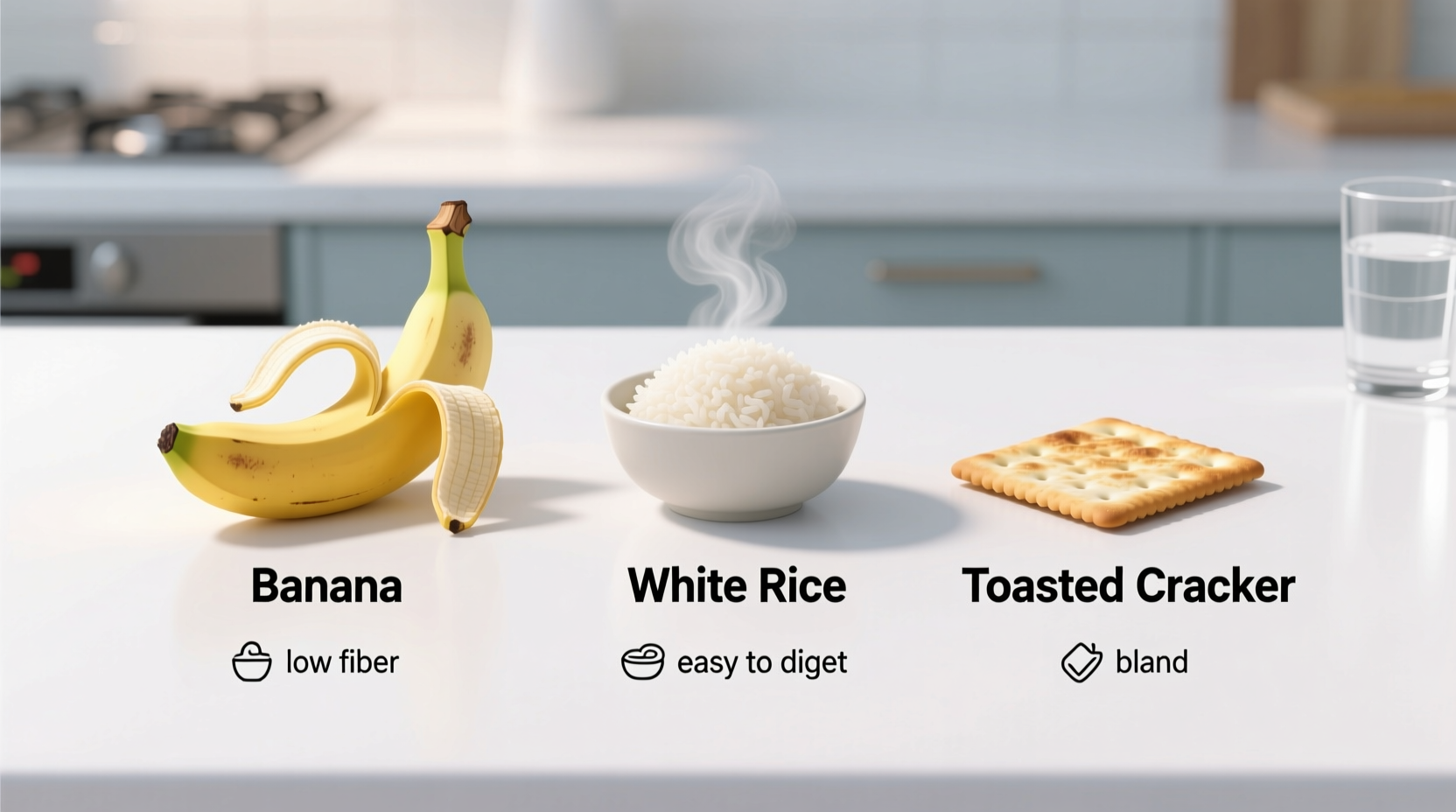Understanding Diarrhea and Dietary Management
Diarrhea affects millions globally each year, causing uncomfortable symptoms that disrupt daily life. When your digestive system is compromised, certain foods can either soothe or aggravate your condition. This guide provides evidence-based dietary recommendations to help you recover faster while preventing dehydration and nutrient loss.
Immediate Dietary Actions for Diarrhea Relief
When diarrhea strikes, your first 24 hours are critical for setting up your recovery path. The primary goals are hydration and introducing gentle foods that won't further irritate your digestive tract.
Hydration: Your Top Priority
Dehydration is the most serious complication of diarrhea. The World Health Organization recommends oral rehydration solutions (ORS) as the most effective way to replace lost fluids and electrolytes. These solutions contain the precise balance of salts and sugars needed for optimal absorption.
According to the World Health Organization, properly prepared ORS can reduce mortality from acute diarrhea by up to 93%. You can purchase pre-made solutions or prepare your own by mixing 6 level teaspoons of sugar and 1/2 level teaspoon of salt in 1 liter of clean water.

The Modern BRAT Diet Approach
While the traditional BRAT diet (bananas, rice, applesauce, toast) has been recommended for decades, current medical guidelines suggest expanding this approach for better nutritional balance. The American College of Gastroenterology now recommends incorporating additional protein sources and potassium-rich foods to support faster recovery.
| Foods to Eat | Why It Helps | How to Prepare |
|---|---|---|
| Bananas | High in potassium which is depleted during diarrhea; contains pectin that helps firm stools | Eat ripe (yellow with brown spots) bananas; avoid green bananas which can worsen symptoms |
| White rice | Low fiber, binding effect helps reduce stool frequency | Cook until very soft; serve plain without butter or oil |
| Applesauce | Contains pectin; easier to digest than raw apples | Choose unsweetened varieties; avoid added sugars |
| Boiled potatoes | Provides potassium and energy without irritating the gut | Peel and boil until soft; serve without skin or seasonings |
| Clear broths | Replenishes fluids and electrolytes; provides gentle nourishment | Use low-sodium broth; strain to remove fat |
Foods to Avoid During Diarrhea Episodes
Certain foods can worsen symptoms or prolong recovery. The Mayo Clinic identifies these as particularly problematic during acute diarrhea:
- Dairy products - Lactose intolerance often develops temporarily during diarrhea episodes
- Fatty or fried foods - Difficult to digest and can stimulate bowel movements
- Spicy foods - Can irritate the already sensitive digestive tract
- Artificial sweeteners - Sorbitol and mannitol have laxative effects
- Caffeine and alcohol - Both are diuretics that can worsen dehydration
- High-fiber foods - Raw fruits, vegetables, and whole grains may increase stool frequency
Progressing Your Diet as Symptoms Improve
As your symptoms begin to subside (usually after 24-48 hours), you can gradually reintroduce more varied foods. The CDC recommends a phased approach to expanding your diet:
Days 1-2: Initial Recovery Phase
Focus on clear liquids and the most binding foods:
- Oral rehydration solutions
- Clear broths
- Plain white rice
- Mashed bananas
- Applesauce
Days 3-4: Intermediate Recovery Phase
As stools begin to firm, add these gentle foods:
- Oatmeal (made with water)
- Boiled carrots
- Plain crackers
- Boiled chicken (without skin)
- Scrambled eggs (without added fat)
Days 5+: Full Recovery Phase
Once symptoms have resolved for 24-48 hours, gradually reintroduce your regular diet while monitoring for any recurrence of symptoms.
When to Seek Medical Attention
While most diarrhea cases resolve within a few days with proper dietary management, certain symptoms require medical evaluation. According to the Mayo Clinic, contact a healthcare provider if you experience:
- Diarrhea lasting more than 2 days (adults) or 24 hours (children)
- Signs of dehydration (extreme thirst, dry mouth, little or no urination)
- Severe abdominal or rectal pain
- Stool containing blood or pus
- Black, tarry stools
- Fever above 102°F (39°C)
Infants, young children, and older adults are at higher risk for complications from diarrhea and may require earlier medical intervention.
Preventing Future Diarrhea Episodes
After recovering, consider these dietary strategies to reduce future episodes:
- Gradually reintroduce probiotic-rich foods like yogurt (once dairy is tolerated)
- Maintain good food hygiene practices
- Stay hydrated throughout the day
- Consider keeping a food diary to identify potential triggers
- Wash hands thoroughly before handling food
Remember that occasional diarrhea is normal, but frequent episodes may indicate an underlying condition that requires medical evaluation.











 浙公网安备
33010002000092号
浙公网安备
33010002000092号 浙B2-20120091-4
浙B2-20120091-4